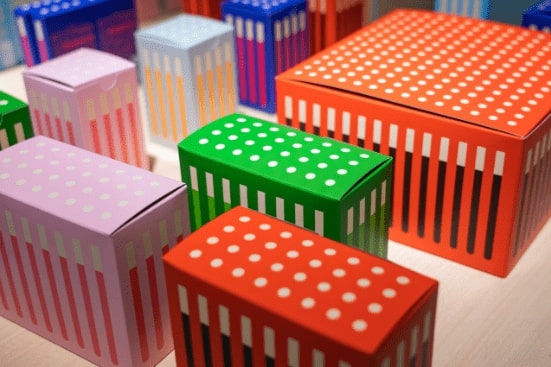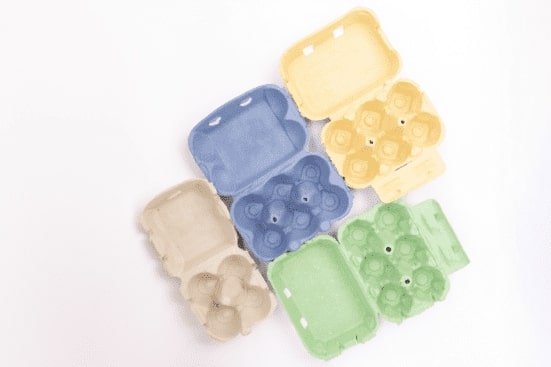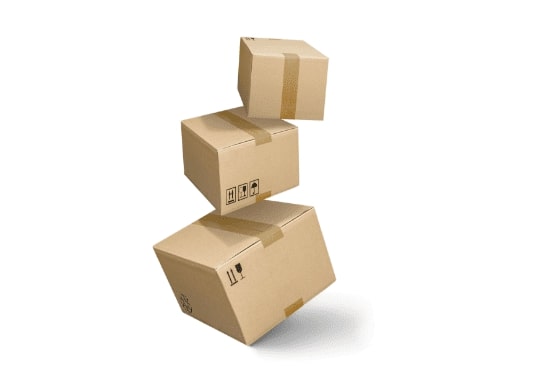The psychology behind product packaging and brand identity

How can product packaging influence purchasing decisions? Dive into the mind of a consumer with these intriguing packaging insights.
1. Color Speaks Volumes
- Cultural Implications: Colors evoke powerful emotions. In the West, blue signifies cleanliness, leading to its use in toothpaste, cleaning solutions, and even toilet paper packaging. Red induces feelings of pleasure and is a favorite for snack packaging, while green screams health, making it ideal for natural foods.
- Context Matters: While black might be an odd choice for cereals due to its association with death, its luxury and power undertones have been harnessed effectively, as seen when Apple switched to a black design for the iPhone.
- Tailored for Target: Always remember color interpretations can vary based on culture, gender, and age.


2. Feel It with Texture
- Texture Tells Tales: Beyond just looks, the feel of a package speaks to its quality. While women’s cosmetics usually feel silky, men’s products have a rugged texture, enhancing the masculinity vibe.
- Matte Vs. Shiny: Many natural crisps brands opted for matte bags to distance themselves from unhealthy crisps, contrasting the shiny ones associated with unhealthiness.
3. The Magic of Imagery
- Strategic Images: Using vertical stripes can create a luxurious feel. Showing a filled food bowl can entice consumers to eat more, and unrelated images, like a grain field on a grain-free product, can positively influence perception.


4. Shape Matters
- Shape Associations: Angular designs, like pentagon-shaped beer bottles, exude masculinity. In contrast, rounded shapes communicate gentleness and are suitable for family desserts. Also, square packaging can intensify food taste perceptions.
- Unique Shapes: Packaging with unconventional shapes can make consumers think there’s more product inside than there is.
5. Size Does Count
- Bigger or Better: Large packaging can increase consumption—great for snacks and essentials, making customers feel they’re getting a good deal. However, smaller packaging can denote higher quality, appealing to brands wanting to convey luxury.


How Packaging Shapes Brand Identity?
Product packaging is not just a protective shell or a mere selling tool; it’s a brand’s visual voice. Here’s how packaging influences brand identity:
- Brand Expression: Quality design distinguishes leading brands, making them memorable.
- Relationship Building: User-friendly packaging fosters loyalty and can justify higher prices.
- Communication: Effective packaging clearly conveys essential product details.
- Selling: Beyond initial sales, the packaging ensures repeat business through positive user experiences.
- Protection & Aesthetics: While design attracts, functionality ensures trust.
Conclusion:
Packaging is more than just a protective barrier—it’s an intricate dance of psychology and branding. Every design element holds weight, from color choices influenced by cultural nuances to tactile experiences that resonate with target audiences. How a product is packaged can profoundly affect consumer perception, drive sales, and build lasting brand loyalty. The subtle language communicates a brand’s promise, quality, and identity, ensuring it stands out and remains memorable in a sea of choices.




